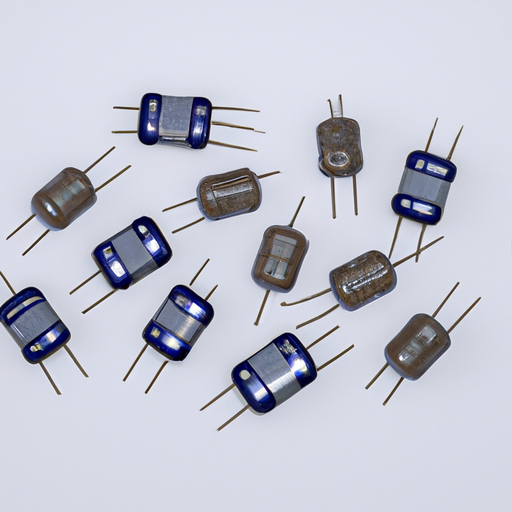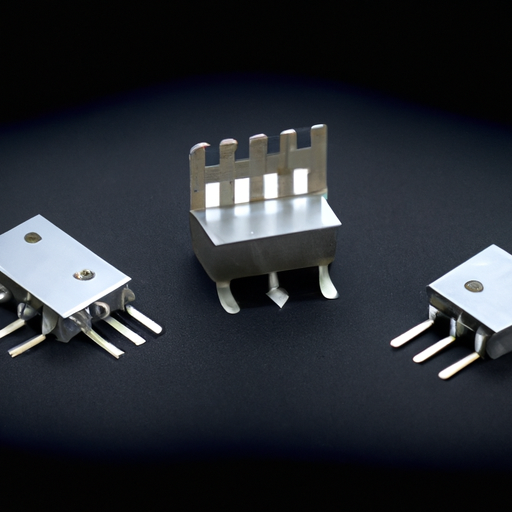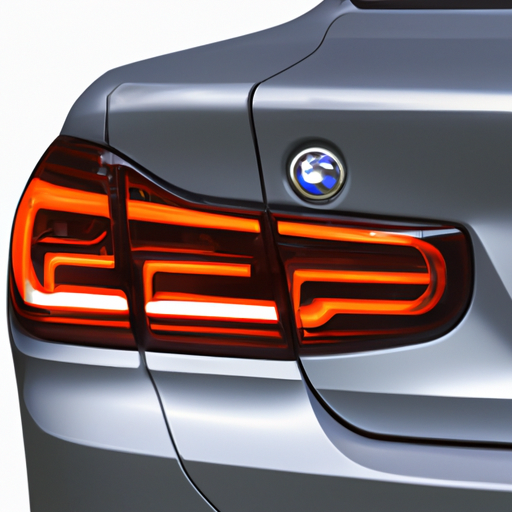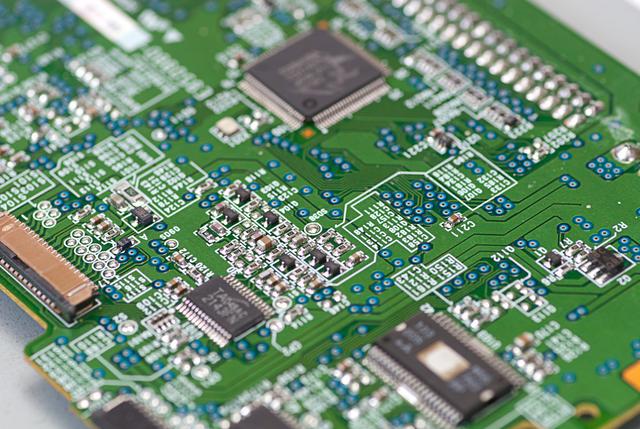What is the Market Prospects of the 30W Mercedes-Benz Series?
I. Introduction
Mercedes-Benz, a name synonymous with luxury, performance, and innovation, has long been a leader in the automotive industry. With a rich history dating back to the late 19th century, the brand has consistently set benchmarks for quality and engineering excellence. Among its various offerings, the 30W series stands out as a significant addition, blending cutting-edge technology with the timeless elegance that Mercedes-Benz is known for. This analysis aims to explore the market prospects of the 30W series, examining its historical context, current market landscape, target demographics, key features, economic factors, regulatory environment, future trends, marketing strategies, and potential challenges.
II. Historical Context
The evolution of the Mercedes-Benz brand is a testament to its commitment to innovation and quality. Founded in 1926, the brand has introduced numerous iconic models that have shaped the automotive landscape. The 30W series, introduced in the early 2020s, represents a modern interpretation of luxury, combining traditional craftsmanship with contemporary technology. Key milestones for the 30W series include its debut at major auto shows, positive critical reception, and strong initial sales figures, which have set a solid foundation for its future in the market.
III. Current Market Landscape
A. Overview of the Automotive Market
The global automotive market is undergoing significant transformation, driven by technological advancements, changing consumer preferences, and economic fluctuations. As of 2023, the luxury vehicle segment is experiencing robust growth, with increasing demand for high-end features and sustainable options. Regional variations also play a crucial role, with markets in North America, Europe, and Asia showing distinct trends in consumer behavior.
B. Position of Mercedes-Benz in the Luxury Vehicle Segment
Mercedes-Benz maintains a strong position in the luxury vehicle segment, competing with brands like BMW, Audi, and Lexus. The 30W series is strategically positioned to attract affluent consumers seeking a blend of performance, luxury, and advanced technology. The brand's reputation for quality and innovation further enhances its appeal in this competitive landscape.
C. Competitors in the Luxury Automotive Market
The luxury automotive market is characterized by intense competition. Brands such as Tesla, Porsche, and Jaguar are not only vying for market share but are also pushing the boundaries of technology and sustainability. The 30W series must navigate this competitive terrain by emphasizing its unique selling points and differentiating itself from rivals.
IV. Target Demographics
A. Profile of Typical 30W Series Buyers
The typical buyer of the 30W series is likely to be affluent, aged between 30 and 55, with a high disposable income. These consumers often prioritize quality, performance, and brand prestige. Geographic distribution shows a concentration in urban areas, where luxury vehicles are more prevalent.
B. Shifts in Consumer Preferences
Consumer preferences are shifting towards sustainability and eco-friendliness. Buyers are increasingly interested in electric and hybrid vehicles, as well as advanced technological features that enhance the driving experience. The 30W series, with its focus on innovation and sustainability, is well-positioned to meet these evolving demands.
V. Key Features of the 30W Series
A. Design and Aesthetics
The 30W series boasts a sleek and modern design, characterized by clean lines and an elegant silhouette. The interior is crafted with high-quality materials, offering a luxurious and comfortable driving experience. Attention to detail is evident in every aspect of the vehicle, from the dashboard layout to the choice of upholstery.
B. Performance and Engineering
Performance is a hallmark of the Mercedes-Benz brand, and the 30W series is no exception. Equipped with powerful engines and advanced suspension systems, these vehicles deliver an exhilarating driving experience. The engineering excellence ensures not only performance but also safety and reliability.
C. Technological Innovations
1. Infotainment Systems
The 30W series features state-of-the-art infotainment systems that integrate seamlessly with smartphones and other devices. The user-friendly interface allows drivers to access navigation, music, and communication features with ease.
2. Safety Features
Safety is a top priority for Mercedes-Benz, and the 30W series is equipped with advanced safety features, including adaptive cruise control, lane-keeping assist, and automatic emergency braking. These technologies enhance driver confidence and contribute to overall road safety.
D. Customization Options
Mercedes-Benz offers a range of customization options for the 30W series, allowing buyers to tailor their vehicles to their preferences. From exterior colors to interior finishes, the ability to personalize enhances the ownership experience.
VI. Economic Factors Influencing Market Prospects
A. Global Economic Conditions
The global economy plays a significant role in shaping the automotive market. Economic growth in emerging markets presents opportunities for luxury brands like Mercedes-Benz, while economic downturns can impact consumer spending on high-end vehicles.
B. Impact of Inflation and Interest Rates
Inflation and rising interest rates can affect the affordability of luxury vehicles. As financing costs increase, potential buyers may reconsider their purchasing decisions, impacting sales of the 30W series.
C. Supply Chain Challenges
The automotive industry has faced supply chain challenges in recent years, particularly due to the COVID-19 pandemic. These challenges can affect production timelines and inventory levels, impacting the availability of the 30W series in the market.
VII. Regulatory Environment
A. Emission Standards and Regulations
Stringent emission standards are shaping the automotive landscape, pushing manufacturers towards more sustainable options. The 30W series must comply with these regulations, which may influence design and engineering decisions.
B. Government Incentives for Electric Vehicles
Many governments are offering incentives for electric and hybrid vehicles, which can positively impact the market prospects of the 30W series if it includes such options. These incentives can encourage consumers to consider the 30W series as a viable choice.
C. Impact of Trade Policies
Trade policies can affect the cost of manufacturing and importing vehicles. Tariffs and trade agreements may influence the pricing strategy for the 30W series, impacting its competitiveness in various markets.
VIII. Future Trends and Innovations
A. Shift Towards Electric and Hybrid Vehicles
The automotive industry is witnessing a significant shift towards electric and hybrid vehicles. The 30W series must adapt to this trend by incorporating electric options and promoting sustainability to attract environmentally conscious consumers.
B. Autonomous Driving Technology
Advancements in autonomous driving technology are reshaping the future of transportation. The 30W series can leverage these innovations to enhance safety and convenience, appealing to tech-savvy consumers.
C. Connectivity and Smart Features in Vehicles
Connectivity is becoming increasingly important in the automotive sector. The 30W series can capitalize on this trend by offering smart features that enhance the driving experience, such as real-time traffic updates and remote vehicle access.
IX. Marketing Strategies
A. Branding and Positioning of the 30W Series
Effective branding and positioning are crucial for the success of the 30W series. Emphasizing its luxury, performance, and technological advancements can attract the target demographic and differentiate it from competitors.
B. Advertising and Promotional Campaigns
Strategic advertising and promotional campaigns can create awareness and generate interest in the 30W series. Collaborations with influencers and targeted digital marketing can enhance visibility among potential buyers.
C. Role of Social Media and Digital Marketing
Social media platforms play a vital role in reaching modern consumers. Engaging content, virtual showrooms, and interactive experiences can enhance the brand's presence and connect with the target audience.
X. Challenges and Risks
A. Competition from Other Luxury Brands
The luxury automotive market is highly competitive, with numerous brands vying for consumer attention. The 30W series must continuously innovate and differentiate itself to maintain its market position.
B. Economic Downturns and Consumer Spending
Economic downturns can lead to reduced consumer spending on luxury items. The 30W series must be prepared to navigate these challenges by offering flexible financing options and emphasizing value.
C. Technological Disruptions
Rapid technological advancements can disrupt the automotive industry. The 30W series must stay ahead of trends and adapt to changing consumer expectations to remain relevant in the market.
XI. Conclusion
In summary, the market prospects for the 30W Mercedes-Benz series appear promising, driven by its strong brand reputation, innovative features, and alignment with consumer preferences for luxury and sustainability. However, the series must navigate a competitive landscape, economic fluctuations, and regulatory challenges to realize its full potential. As the automotive industry continues to evolve, the 30W series stands poised to make a significant impact, appealing to a new generation of luxury vehicle buyers. For potential investors and stakeholders, the 30W series represents an opportunity to engage with a brand that is not only steeped in history but also focused on a forward-thinking future.
XII. References
- Industry reports on luxury automotive trends
- Market analysis from automotive experts
- Consumer behavior studies related to luxury vehicle purchases
- Regulatory guidelines on emissions and electric vehicles
This comprehensive analysis provides insights into the market prospects of the 30W Mercedes-Benz series, highlighting its strengths, challenges, and future opportunities in a dynamic automotive landscape.













